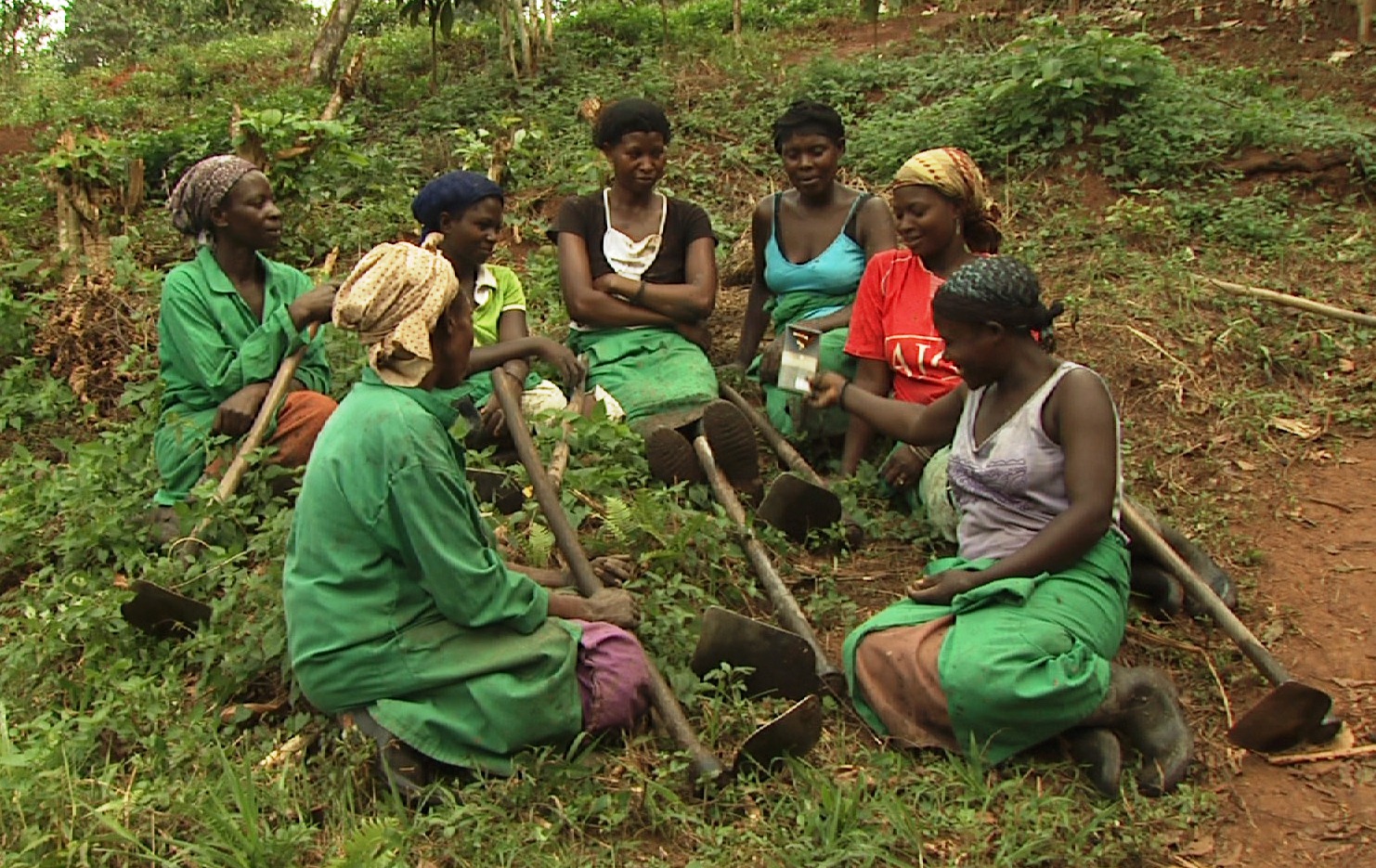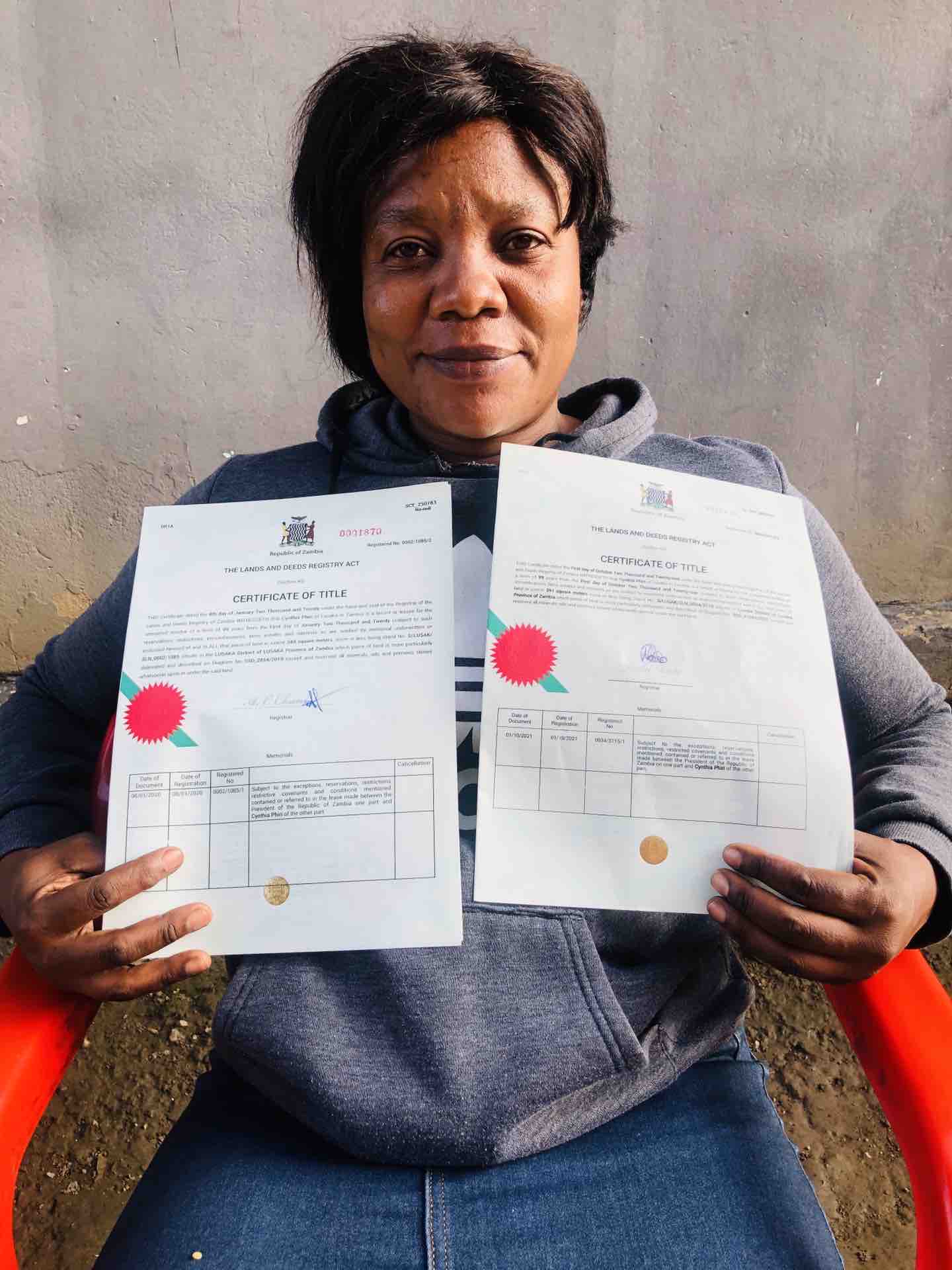The practice of polygamy in Africa has been openly accepted into the customary laws of many African states. In Zambia, polygamy continues to be practiced along tribal lines and although the practice has not been legislated, the Interstate Succession Act of 1989 does recognize polygamous…
Effectiveness Of Public Institutions In Addressing Illegal Acquisition Of State Land In Zambia: Case Of Ministry Of Lands And Kitwe Municipality
This training manual supported participants in learning the pre-processing tool to provide the user with enhanced time-series processing capabilities and access to various open-source satellite data, learning basic scripts in Google Earth Engine for activities related to floods and drought in…
This article highlights the gender inequality that currently exists in land ownership in Zambia. Zambia currently has two land tenure systems, both of which are relic of the colonial era. In both of these systems, majority of the land ownership is along patriarchal lines. Research has shown…
This case study in Zambia examines existing Early Warning, Early Action and Financing (EWEAF) initiatives in response to floods. It looks at the institutional gaps, arrangements, innovations and challenges that may affect progress and speed of actions. It employs the concept of anticipatory…
The report describes the stakeholder engagement workshop convened to introduce the AqF Initiative (in particular the AquaPlans work package) to the traditional leaders, community representatives and stakeholders working within the Kafue flats. Participants were drawn from Royal Highnesses from…
Like in a number of other developing countries, the issue of illegal occupation of land is evident in Zambia’s cities. This problem has continued to exist, despite the existence of laws and public institutions meant to address the issue. The objectives of this paper were to establish the factors…
ABSTRACT Context and background Zambia has grappled with implementing the land titling from 2017 when it started the piloting of the National Land Titling Programme through the seventh National Development Plan (2017-2021). The implementation started in 2017 with a small pilot project conducted…
Fish is a key source of income, food, and nutrition in Zambia, although unlike in the past, capture fisheries no longer meet the national demand for fish. Supply shortfalls created an opportunity to develop the aquaculture sector in Zambia, which is now one of the largest producers of farmed…
This Environment and Social Management Pan (ESMP) has been developed by the International Water Management Institute (IWMI) to clarify (i) the measures that will be taken during the implementation of project activities to eliminate or offset adverse E&S impacts, or to reduce them to…
The CGIAR Initiative on Climate Resilience, ClimBeR, aims to transform the climate adaptation capacity of food, land, and water systems in Zambia and five other low- and middle-income countries, ultimately increasing the resilience of smallholder production systems to withstand severe climate…
This study attempts to identify the spatial-temporal extent of the agricultural drought in Zambia using remote sensing data and crop production. IDSI is superior in terms of its performance and drought detection capability and is characterized by better representation of drought severity. Also…





